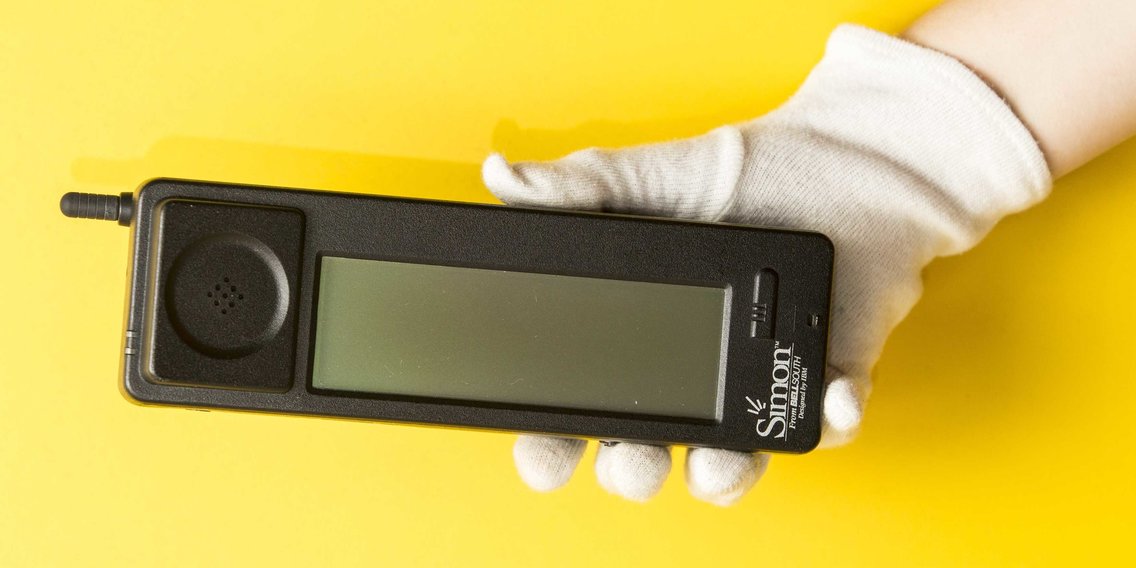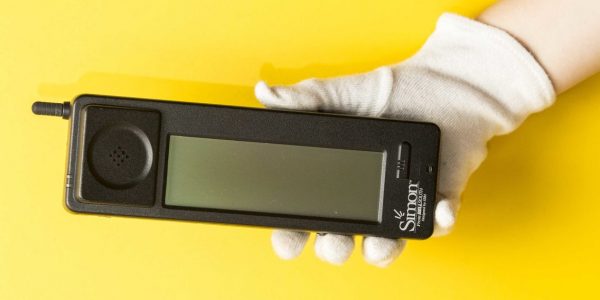The first touchscreen smartphone was code-named “Angler” and was unveiled at the fall COMDEX convention in Vegas.
The Simon Personal Communicator was created by IBM in 1992, more than 15 years before Apple released the first iPhone. It was made available for purchase by consumers in August 16, 1994. The smartphone featured a monochrome LCD touchscreen measuring 4.5 inches by 1.4 inches, and it came with a stylus.
IBM’s Simon was the first phone to merge the functions of a cell phone and a PDA, and it launched with the price tag of $899 with a service contract ($1,435 in today’s dollars). The phone had no web browser — PCs barely had decent browsers back then. You could use Simon to send and receive emails, faxes, and pages. There were also a suite of built-in features including a notes collection you could write in, an address book that looked like file folder, calendar, world clock, and a way to schedule appointments. You could also make and receive telephone calls and utilise applications such as maps, stocks and news.

Revolutionary Simon
The revolutionary Simon device used the file system from Datalight ROM-DOS along with file compression from Stacker. IBM created a unique touch-screen user interface for Simon; no DOS prompt existed as at then and GUIs weren’t so popular. This user interface software layer for Simon was known as the Navigator. The Simon could be upgraded to run third party applications either by inserting a PCMCIA card or by downloading an application to the phone’s internal memory.
Each Simon was shipped with a charging base station, two nickel-cadmium batteries and a protective leather cover. Optional was a PCMCIA pager card designed by Motorola, an RS232 adapter cable for use with PC-Link to access files from a personal computer, and an RJ11 adapter cable to allow voice and data calls to be made over POTS land-lines.
The device was reported to have a meagre battery life of around just an hour.
Around the mid-1990s, flip phones and internet-enabled phones were becoming dominant and Nokia was fast rising to become the foremost phone manufacturer. Hence, Simon became a victim of the tech disruption of the mid-90s
The device reportedly sold approximately 50,000 units during its six month duration in the market.


